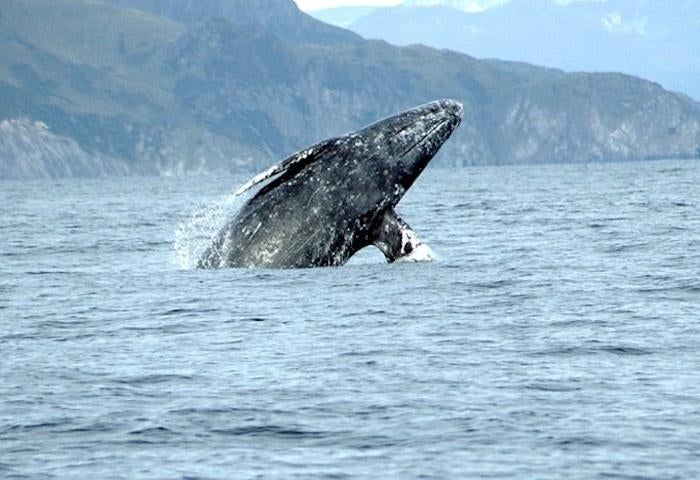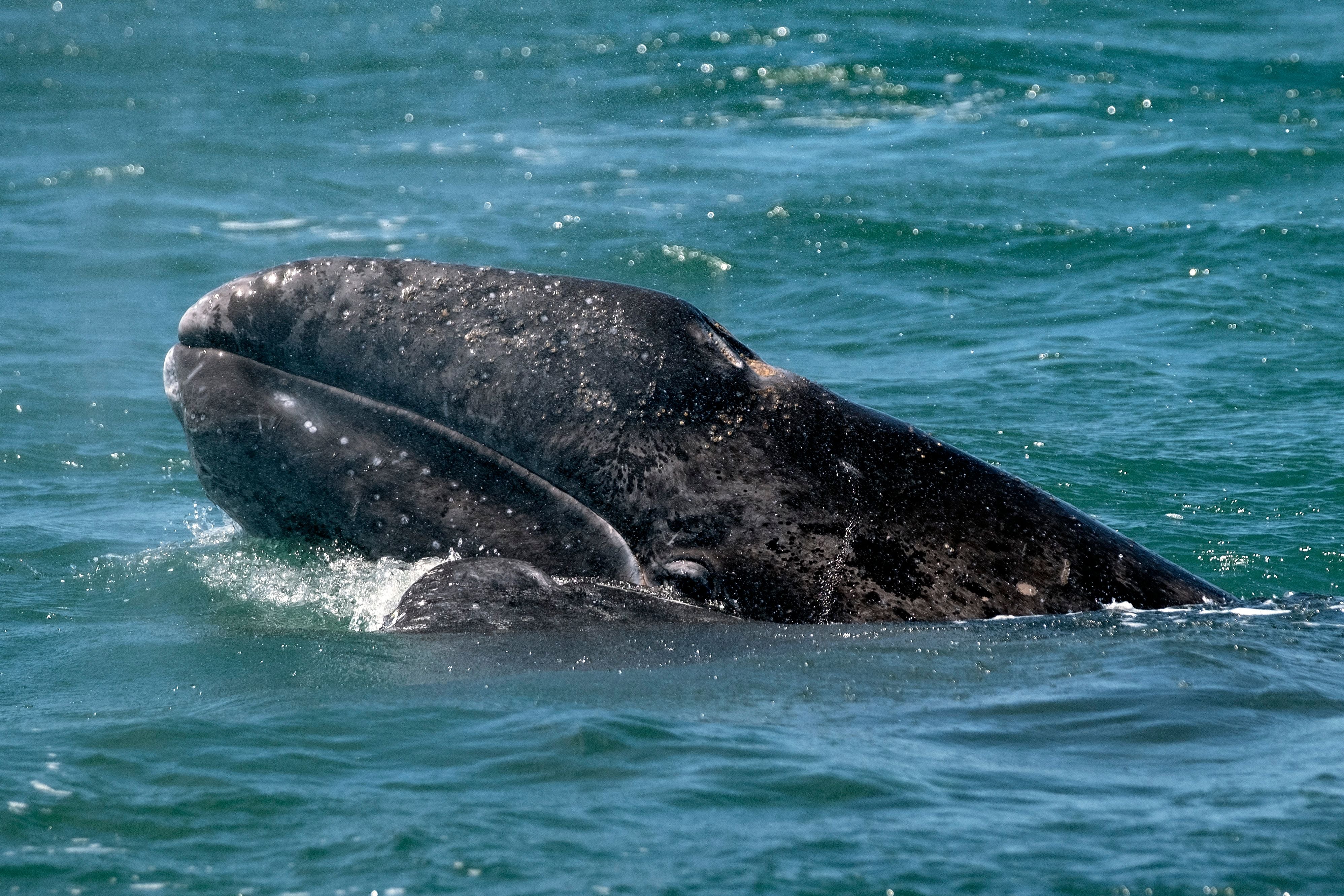Scientists are investigating a sharp rise in the number of whales killed in the San Francisco Bay Area in 2025 even as local whale pods struggle to recover from a massive die-off in 2019.
The California Academy of Sciences said on Monday that researchers had logged the deaths of 21 gray whales, two unidentified baleen whales, and one minke whale in waters near San Francisco this year so far, compared to 14 in 2019 and 15 in 2021.
Researchers also reported an “unusually high” number of gray whale sightings in the region, with more than 30 individuals confirmed versus only six in 2024.
“This latest gray whale caught everyone a bit by surprise, given how late in the season it is and the fact that we had not sighted the species in the Bay in nearly two weeks,” Kathi George, director of cetacean conservation biology at the Marine Mammal Center in nearby Sausalito, told ABC News.
“It shows signs of concern for this population as it moves forward into the future… we know that climate change is changing ocean conditions and changing prey available availability for these whales in the Arctic.”


Eight of the gray whales were probably killed by vessel strikes, the Academy said, but the cause of death for the others was uncertain. Nor was it clear why so many whales were visible in the Bay Area this year.
Gray whale populations in the North Pacific are still reeling from an estimated 45 per cent drop between 2019 and 2023, during which nearly 700 whales died along the west coast of North America.

That episode, known by scientists as an “unusual mortality event”, is thought to have slashed whale numbers from around 20,500 in 2019 to just over 14,500 in 2023.
A study in 2023 found evidence that melting Arctic sea ice had prolonged the die-off, in comparison to previous such events, by disrupting the food chain of algae and plankton on which gray whales ultimately depend.

Gray whales are large, highly social filter feeders that migrate up and down the west coast of North America, traveling thousands of miles from their summer feeding grounds near Alaska to their winter breeding areas off western Mexico.
Once common in the Atlantic Ocean too, they were hunted in huge numbers by humans for their blubber throughout the 19th century.
Now they exist in two populations in the northwest and northeast Pacific, with the former group being officially endangered.



